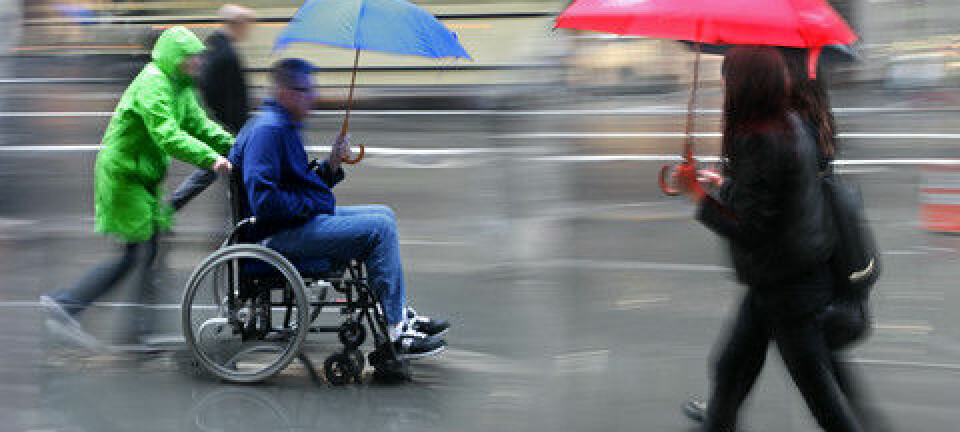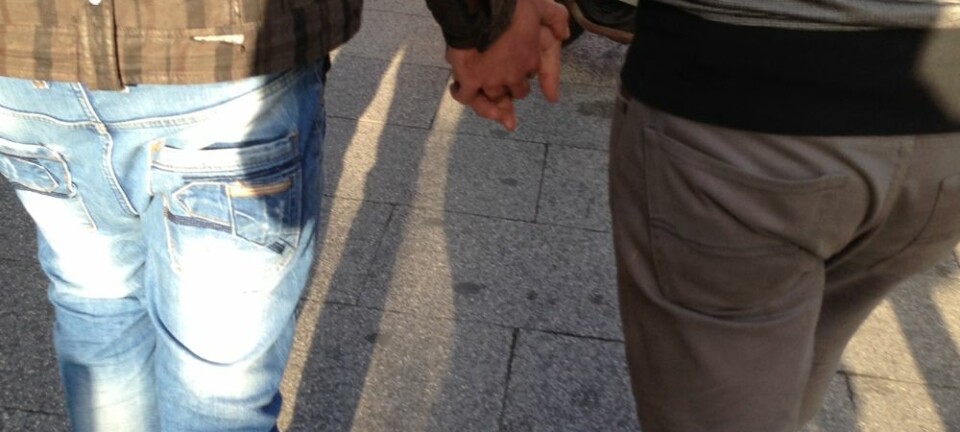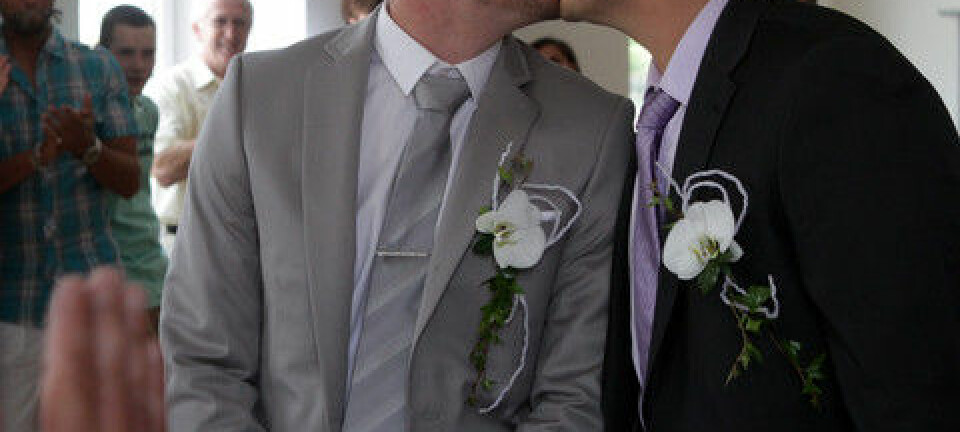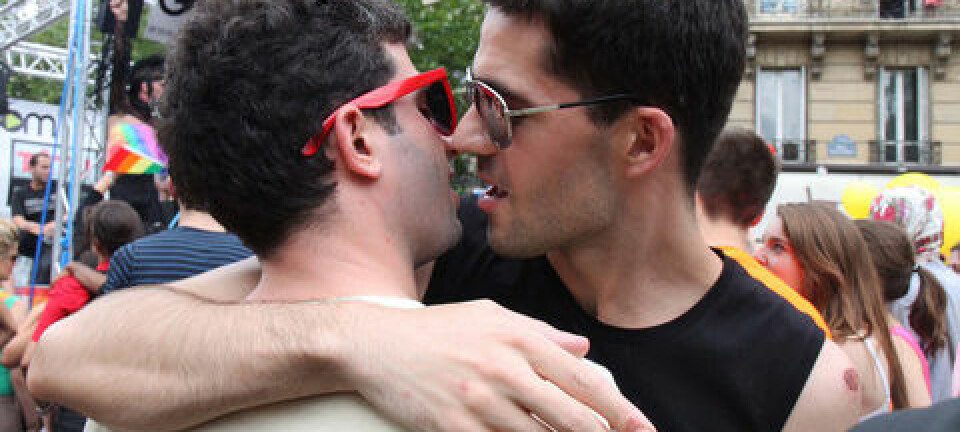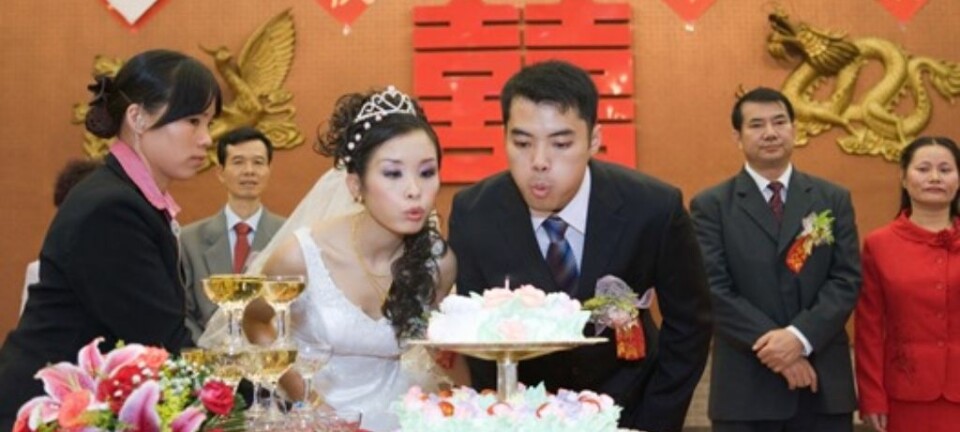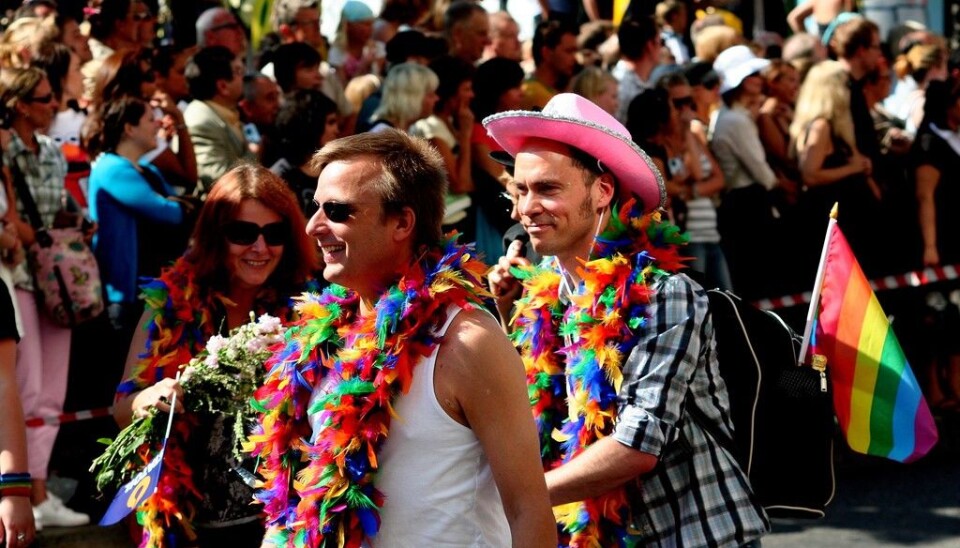
Gay Swedes don’t flee rural communities
Researchers find more acceptance than expected for sexual diversity in rural areas.
It’s long been said that homosexuals have to flee small towns and rural areas because their sexual orientation is not accepted there.
This is a truth with modifications, according to a Swedish researcher, Thomas Wimark. He recently presented his doctoral thesis at Stockholm University on the migration patterns of gay men and lesbians in Sweden.
Wimark’s research confirms that homosexuals in rural areas are more prone than heterosexuals in these areas to seek a life in the big cities of Malmö, Gothenburg and Stockholm.
But the motivation for this urban migration has changed dramatically. Such moves are prompted more by personal preference than by necessity.
Relationships to families less troublesome
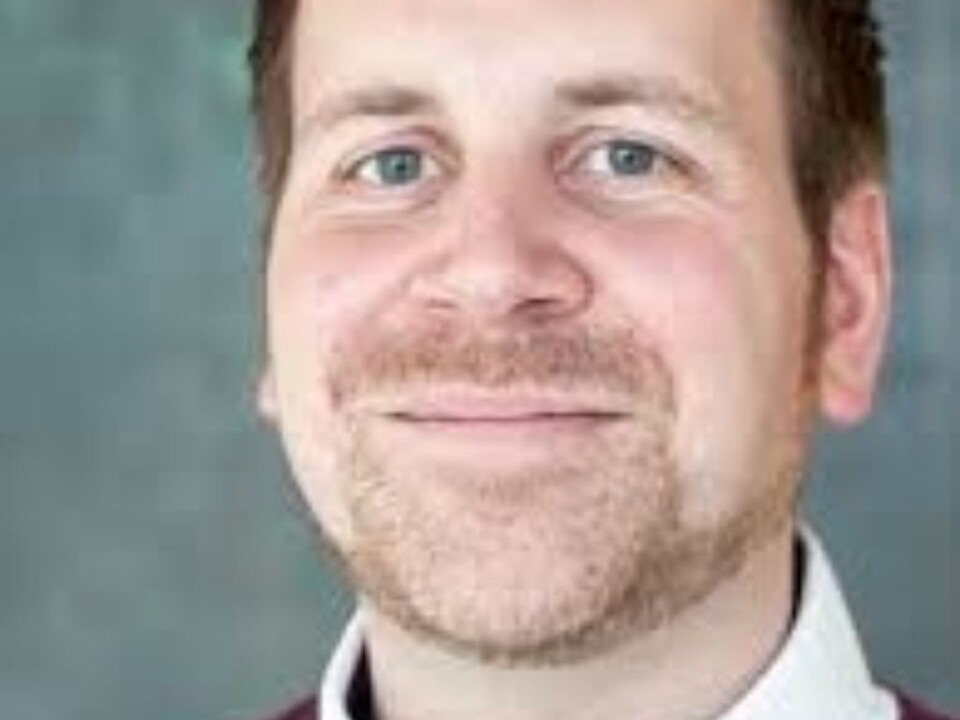
Older homosexuals interviewed by Wimark say they had to move to a metropolis to live their gay life. There was no alternative out in the country.
Younger gay men and lesbians indicated changes in that outlook. They speak of the big city as a place of opportunity in every context.
“A lot indicates that their relationships to the families are less troublesome. It’s easier for young people to come out of the closet. Most do not have to distance themselves from their families after coming out. So moving away is no longer such an important part of the coming-out process,” says Wimark.
The reasons why gay men and lesbians move are pretty much the same as why heterosexuals flock to the cities – they seek the urban hustle and bustle, job opportunities and greater chances of finding a partner.
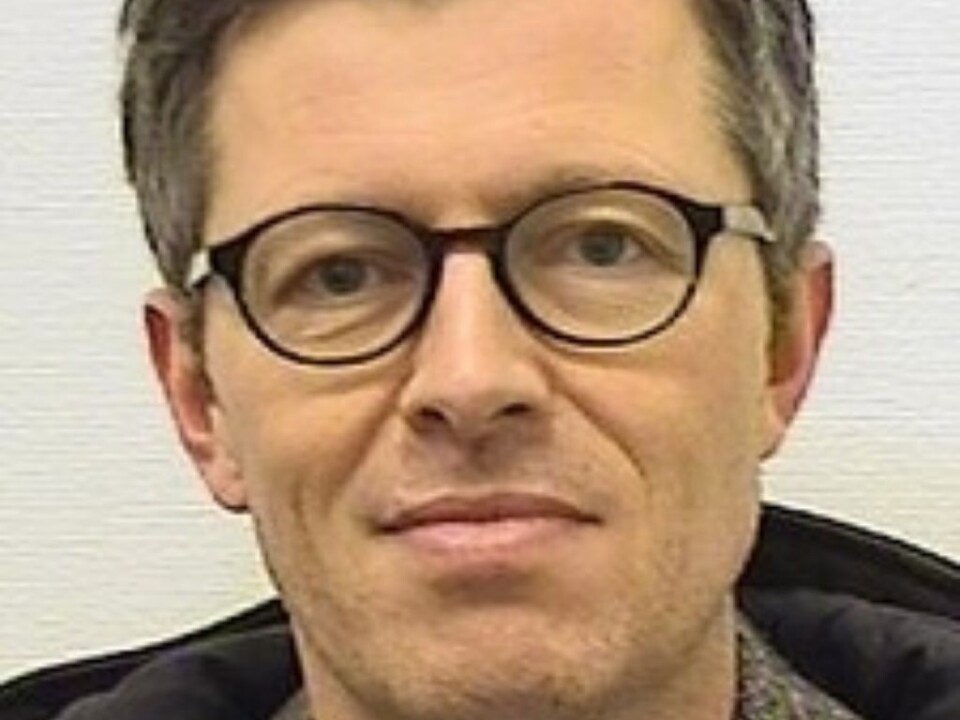
Parks and public restrooms used to be the only cruising spots for people of the same sex to pick one another up. After a while pubs and clubs for gays and lesbians emerged in the big cities.
“In a way you can say that the internet has taken over this role of the urinals. A few keystrokes or an app can help a homosexual find a like-minded mate, no matter where they live,” says Wimark.
Even before Stonewall
Hans Wiggo Kristiansen at Oslo and Akershus University College thinks this study is thought-provoking.
He has interviewed adult and elderly homosexuals who have divulged what their lives were like 1940 to 1970. He thinks the perception of gay and lesbian lives in small towns and rural areas has been wrongly presented in black-and-white terms.
“My interviews show that there was much more room for diversity in the country than we thought, long before the Stonewall uprising in the USA in 1969, with its importance for the gay rights movement.”
Tolerance and acceptance
Several of Kristiansen’s interviews indicate that homosexuals had good lives in rural communities and that they were fairly well integrated.
“We hear much about tolerance and a tacit acceptance, even though homosexuality was not spoken about openly.”
Wimark points out certain methodological weakness in his dissertation.
He found many of his informants through internet forums. As these also function as dating lines, certain portions of the gay and lesbian population are under-represented, for instance those who are in steady partnerships and have children.
“This sphere is generally hard to do research on, because how do you really define homosexuality?”
“Is it about lust? About activities? Or is it a matter of identity? Thus we have no statistics available to researchers on how many people are homosexuals and whom they are,” Wimark says.
------------
Read the Norwegian version of this article at forskning.no
Translated by: Glenn Ostling
